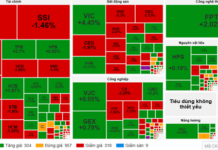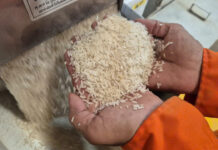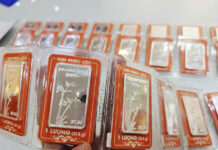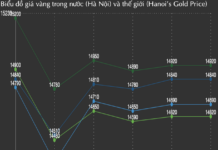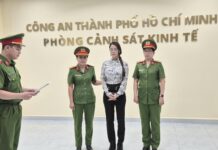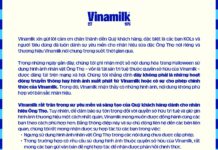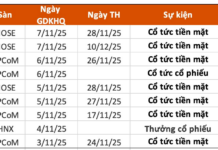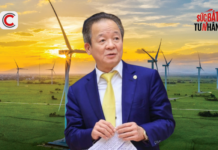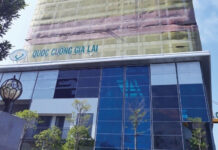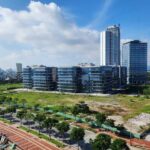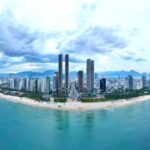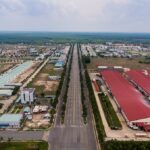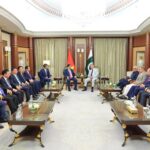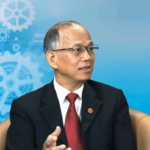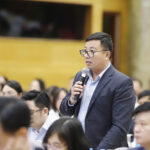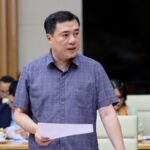At the 15th National Assembly’s 7th session, a resolution was passed on the organization of urban administration and piloting several specific mechanisms and policies for the development of Da Nang city.
LACK OF COMPETITIVE INCENTIVE MECHANISMS
The National Assembly’s decision to allow Da Nang to pilot the establishment of a Free Trade Area is a significant move and a vital impetus for the city’s economic growth, as well as the region’s overall development. This decision will also pave the way for experimenting with new policies and provide a basis for legislating free trade area regulations nationwide.
According to the proposal, the Da Nang Free Trade Area will comprise three main functional areas: production, logistics, and trade-services.
While Da Nang’s approval to pilot the free trade area by the National Assembly gives it a significant advantage over other localities, it will also face competition as this model becomes more prevalent in the future.
At the Foreign Trade Office’s briefing held by the Ministry of Industry and Trade on October 31, with the theme “Discussing the proposal to establish the Da Nang Free Trade Area: The Role of Vietnamese Trade Offices Abroad,” Mr. Bui Ba Nghiem, representing the Import-Export Department (Ministry of Industry and Trade), stated that Da Nang needs to seize this opportunity promptly. They must mobilize resources and seek investors with sufficient capabilities to implement this project and turn the free trade area into a reality as soon as possible after the Prime Minister issues the decision on its establishment.

According to the Da Nang Department of Industry and Trade, the city has numerous advantages for establishing a free trade area, including its strategic location, natural conditions and resources, socioeconomic factors, and human resources.
However, the challenges lie in the limited land area and the need to balance the exploitation and conservation of the natural ecosystem, which is a precious asset for Da Nang. The Da Nang Free Trade Area may face competition due to similarities in development conditions (geographic location, tourism potential, etc.) from centrally-run cities, special economic zones in Vietnam, and Southeast Asian countries.
Additionally, most businesses in Da Nang are small and micro-enterprises, accounting for 99%, and FDI capital remains modest, contributing only about 0.5% to the country’s total. The incentive mechanisms for the Da Nang Free Trade Area, as outlined in Resolution 136, are not competitive enough with international standards, particularly in terms of industry-specific incentives.
Nevertheless, Da Nang remains committed to perfecting the Free Trade Area model, aiming to establish a territory with superior institutions adhering to international norms and a strong appeal to leading investors in priority and advantageous sectors.
THE “THREE-LEGGED STOOL” MODEL
Mr. Nguyen Duy Minh, Vice Chairman of the Vietnam Logistics Services Enterprises Association (VLA), shared that in their strategy for developing Vietnam’s logistics industry, the association has proposed the “three-legged stool” model. This model leverages logistics as a lever for economic development and comprises three key components: free trade areas, transit ports and airports, and economic corridors.
He cited examples of successful free trade areas worldwide that have employed this model. For instance, Hong Kong is a massive free trade area, with its entire territory designated as such, serving as a gateway connecting the world to China. Similarly, Panama’s approximately 20 free trade areas, strategically located along the Panama Canal, facilitate trade with North America and create a comprehensive trade corridor throughout the Americas, connecting South America internally and to the global market. The dense network of transit ports in this region further enhances the potential for developing a free trade area.
The Jabel Ali trade area in Dubai exemplifies strength in air connectivity globally and has recently bolstered its sea connectivity.
For Vietnam, the pilot free trade area in Da Nang will serve as a tool to create advantages and promote investment attraction to the city. The Lien Chieu Port and Da Nang International Airport have been underutilized and are not yet positioned as transit hubs. The existing East-West Economic Corridor connecting Myanmar and Da Nang also presents an opportunity.
Within the framework of the World Logistics Federation, VLA has proposed a new corridor, the IPEC (India-Pacific Economic Corridor). This corridor connects India, Bangladesh, Myanmar, Thailand, Laos, Vietnam, the US, North Asia, and Southeast Asia.
In 2023, US President Biden announced a corridor sponsored by the US, connecting India through the Middle East to Israel and extending to Europe. Building on this, VLA boldly proposed to the World Logistics Federation to jointly develop the IPEC corridor.
Vietnam is centrally located in the Asia-Pacific region, facilitating trade with North Asian countries (Japan, South Korea, and China), with current trade potential amounting to $200 billion. Additionally, trade with the US stands at $246 billion, with Southeast Asia at $97 billion, and India showing promising potential.
“We must create trade connections and redirect trade flows through the Da Nang Free Trade Area,” emphasized Mr. Minh. “In other words, we should harness the force of international trade to flow through Vietnam.”
According to Mr. Minh, Da Nang’s central position in the IPEC corridor, coupled with the already established East-West Economic Corridor, will boost value chain integration and enhance regional connectivity within the Indo-Indochina region.
The IPEC corridor covers 13 out of 16 FTAs that Vietnam has signed to foster trade development. The global supply chain shift has positioned IPEC as the world’s second manufacturing hub, encompassing India, Vietnam, Southeast Asia, Japan, South Korea, and Mexico.
Mr. Minh also presented some hypotheses about potential cargo owners for Da Nang. One possibility is becoming the cotton reserve center for all of Asia and creating a link in the yarn-fabric production chain. By importing cotton from the United States, we can balance imports from and exports to the US. Another opportunity lies in the emergence of aircraft component manufacturing in Da Nang, indicating the potential for the city to become a technology hub for the automotive, aerospace, and defense industries, in conjunction with the Chu Lai Economic Zone, the Central Highlands, the East-West Economic Corridor, and the IPEC corridor, which encompasses trade, economics, industry, and logistics.
Additionally, by leveraging its maritime advantages, Da Nang can capitalize on sectors such as agricultural, aquatic, and processed food products, Halal food, textiles, and furniture.
The Marvels of Danang’s Landmark Projects
Danang has emerged as a modern and vibrant city, serving as the economic powerhouse of Central Vietnam.
“Strengthening Internal Capabilities: Overcoming Export Challenges for Vietnamese Businesses”
On October 24, at the seminar “Promoting Trade and Creating Leverage for Processed and Manufactured Industrial Products”, experts attributed the challenges faced by Vietnamese businesses to a multitude of factors, encompassing both internal and external issues.

